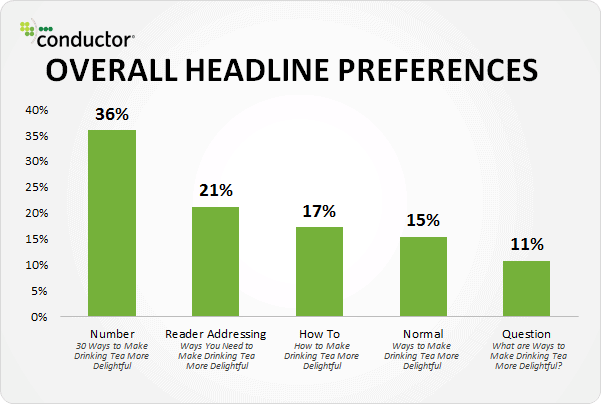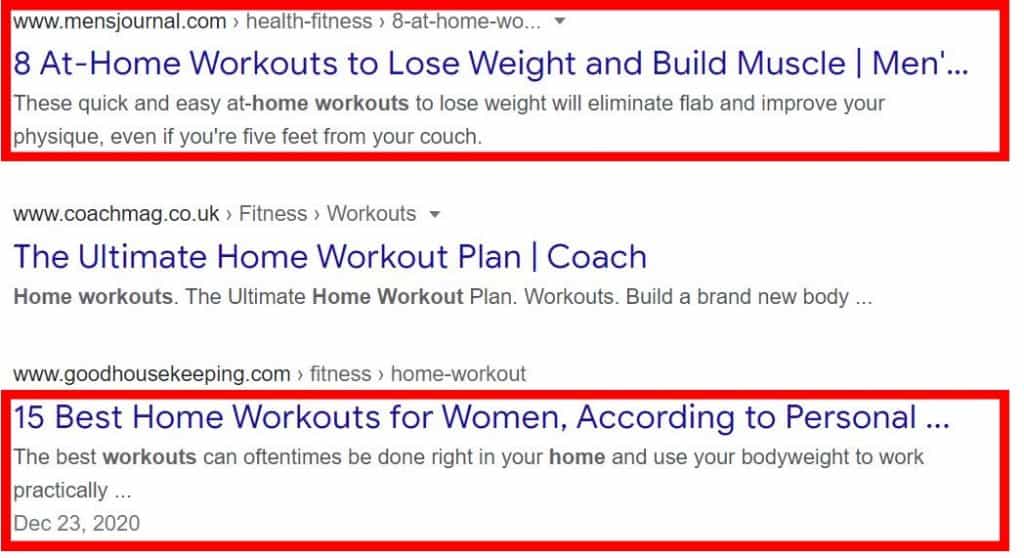Last Updated on
Tell me if this sounds familiar: you’ve spent hours writing your latest blog, guide, or sales page. After all that work, it’s just about time to publish.
Only one thing is missing: the headline/title.
Without much thought, you write up a quick headline and call it day. After all, the content is what matters, right?
Not so quick…
You only have five seconds to capture potential readers. If your headline isn’t attention-grabbing, nobody is going to click and read your content.
And if they don’t read your content, they can’t figure out how awesome you are.
And if they don’t know how awesome you are, they aren’t going to sign up for your email list!
AND if they don’t sign up for your email list, they probably won’t buy your products.
You get the idea…
A lot rides on your headlines! Whether its for a blog post or a sales page, a fabulous title will garner more clicks. Today, I want to share with you five formulas so you can write winning titles that will increase your click-through rate (CTR) and draw in potential readers.
5 headline formulas
With each formula, you’re welcome to rearrange them!
While I’m listing five, there are many other formulas out there. As you begin to write more and more headlines, you’ll start to get a feel for which ones your audience likes best.
1. [benefit] [timeframe] [objection]
This formula works great for “how-to” tutorials. When writing headlines, you should focus on the benefit (or the outcome) your reader will receive after reading your content.
For example, let’s say you wrote a blog post detailing the steps to take to learn French.
The benefit of reading your article is simple: the reader will have a clear framework to learn French.
Next, how long will it take for the reader to implement your advice? Let’s say it’s six months.
Lastly, what’s the objection your audience might have? They might not be living in a French-speaking country, so it could be hard to learn a new language without being immersed. In which case, your title could be, “Learn to speak French in 6 months without living in France”.
Why this formula works: Your audience is judging your titles the moment they see them. By addressing common objections, you’re able to swiftly reel them back in before they have the opportunity to turn your content down.
2. # [noun] [benefit]
This headline formula works well for listicles. People prefer headlines with numbers. In fact, Conductor found numbers are the most preferred type of headline.

You don’t have to go far to find headlines with numbers. Just type in any Google search and look at the results; you’re bound to see a few (if not many) numbered headlines sprinkled throughout the search engine results pages (SERPs).

And, it just so happens these headlines also follow this formula! However, I personally think one is stronger than the other.
Ignoring that these results are gendered, I prefer the first headline: “8 At-Home Workouts to Lose Weight and Build Muscle”. That’s because it gives a concrete benefit.
In this formula, your noun is whatever your article is discussing. For example, if you’re writing about headache remedies, your noun is “headache remedies”. Your title could then be, “5 headache remedies to get rid of headaches naturally”.
You can also substitute “ways to” for the noun, which turns the formula to # ways to [benefit], i.e., “5 ways to get rid of headaches without using painkillers”.
Why this formula works: People like options. Your readers will know that your content will provide them with a number of different ideas.
3. Stop [pain point]
Let’s take a step back from benefits for a second to talk about pain points. Addressing your audiences’ pain points is another great strategy to catch your readers’ attention.
Ask yourself what problem your piece of content is solving.
If you’ve written a piece about improving productivity, your readers’ possible pain point could be that they can’t seem to focus enough during the day to complete their to-do list.
In that case, your title could be, “stop feeling unfocussed and learn to get more done”.
Why it works: People like to feel heard and understood. When you address their pain points, you’re ultimately saying “listen, I know what you need and I’m here to help”.
4. [timeframe] to [benefit]
Here’s another formula that features a number (which we already learned performs well)!
If you can put a timeframe to your content, give this formula a try.
“2 weeks to clear skin”.
“60 days to a well-behaved dog”.
And don’t be afraid to rearrange the formula. For example, “Start your blog in 1 hour”. You’ve still got a timeframe and benefit, just in reverse order! (In fact, most of these headline formulas can be rearranged to your liking).
Why this formula works: When people want to solve a problem, they like knowing how long it’s going to take. For example, if I want clear skin, I want it relatively quickly, so an article that can promise me results in a specific timeframe will get my click over an article that doesn’t specify.
5. [verb] your [noun] + your choice
A verb is an action word and a noun is a person, place, or thing. For the ending, you can get creative and add whatever you feel completes your headline.
Here are some examples:
- “Grow your own sustainable garden without a greenhouse”.
- “Write your own best selling novel in 1 year”
- “Curl your hair without a curling iron”.
This formula offers some flexibility. Use a verb + a noun and then fill the ending with a timeframe or an objection (or anything else you can think of)!
Why this formula: Sometimes, simple is best. All of these headlines are straight to the point and work for a variety of different types of content.
What about clickbait?
Clickbait is when your headline purposefully misleads your audience. So let’s say I wrote a blog post about making sauerkraut.
(FYI, sauerkraut (fermented cabbage) takes several weeks to ferment and be ready for eating.)
But let’s say I titled my blog post “1-hour authentic sauerkraut”. Well…, that would be clickbait because it’s not possible to ferment cabbage and make authentic sauerkraut in 1 hour!
Clickbait will drive up your bounce rate and contribute to a poor user experience, so keep your headlines as accurate as possible!
Try out the above headline formulas and see which ones you (and your audience) prefer!
This article may include affiliate links. As an Amazon Associate I earn from qualifying purchases.

Dana Nicole is an award-winning freelance writer for MarTech/SaaS who was rated one of the best SaaS writers by Software World. She specializes in writing engaging content that ranks high in search engines and has been featured in publications like Semrush, ConvertKit, and Hotjar.
Dana holds a Bachelor’s degree in Business Administration and has over 15 years of experience working alongside national brands in their marketing departments.
When Dana’s not working, you can find her dancing en pointe, cooking up new recipes, and exploring the great outdoors with her two big dogs.

